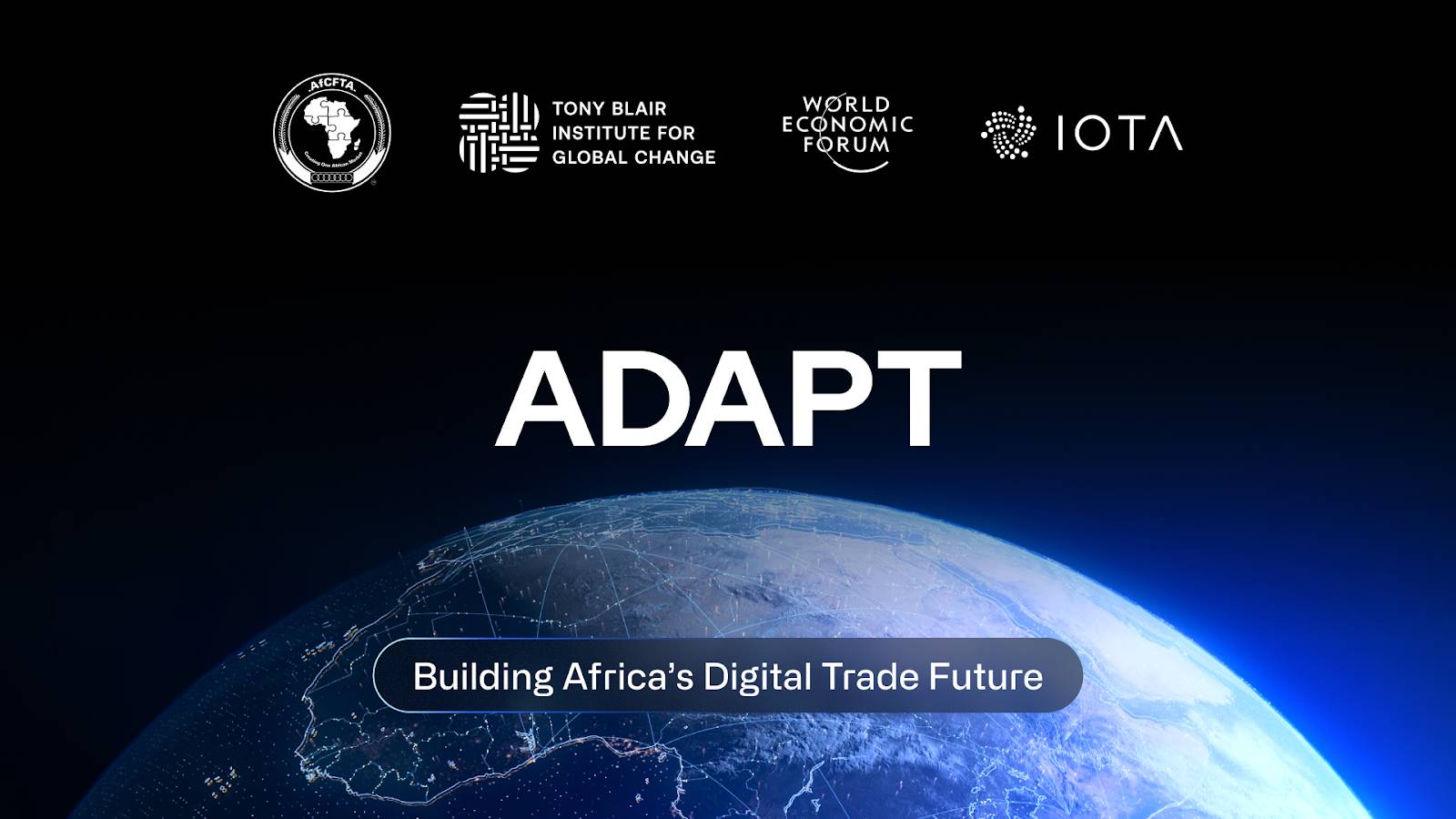Fantom plans to leverage Sonic to build a 'shared sequencer' for other blockchains
Quick Take Fantom Foundation is preparing to launch Sonic, its next iteration after Opera. Sonic aims to process 2,000 transactions per second with sub-second finality and is expected to debut in late summer or early fall. It is planned to serve as a shared sequencer for Layer 1 and Layer 2 chains, aiming to process large volume of transactions.
Fantom Foundation CEO Michael Kong stated that the project is gearing up to introduce its next iteration, Sonic.
Sonic promises to process 2,000 transactions per second (TPS) with sub-second finality and is anticipated to launch in late summer or early fall of this year, according to Kong .
It is being developed as the next step after the existing Opera version of Fantom that’s able to facilitate 200 transactions per second. Sonic’s rollout includes plans to enhance DeFi activities on Fantom through support for liquid staking tokens and the expansion of grant programs to fund development.
The team also plans to leverage Sonic as a “shared sequencer” for other Layer 1 and Layer 2 chains — Kong noted. A shared sequencer is a party or protocol that produces blocks for multiple rollups simultaneously. They are essentially a pool of sequencers that can be used by multiple rollups. Other examples of shared sequencers in development include Espresso, Astria and FairBlock. Last year, the project noted exploring adding optimistic rollups to connect to Ethereum.
"Sonic will be used to create a new best-in-class shared sequencer for L1 and L2 chains, capable of processing over 180 million daily transactions with real, sub-second confirmation times, and serve as the foundation to relaunch Fantom as an entirely new community-centric brand," Kong said .
Sonic's launch will be accompanied by proposed governance changes, including new staking mechanisms and a more decentralized and secure bridging solution to allow users to bridge funds from Ethereum. “We developed a Sonic rollup implementation, a first-class citizen in our validator set, to fully decentralize the bridge while using our existing network security plus inheriting Ethereum’s economic security,” Kong added.
With Sonic’s rollout, a new bridge will be a critical infrastructure component for the foundation, particularly after last year’s hack on a cross-chain bridge with Ethereum called Multichain. The foundation lost one-third of the total $210 million taken during the heist in July 2023.
Disclaimer: The content of this article solely reflects the author's opinion and does not represent the platform in any capacity. This article is not intended to serve as a reference for making investment decisions.
You may also like
Mars Morning News | Federal Reserve officials send strong hawkish signals again, December rate cut in doubt
The crypto market has generally declined, with bitcoin and ethereum prices falling and altcoins experiencing significant drops. Hawkish signals from the Federal Reserve have affected market sentiment, and multiple project tokens are about to be unlocked. Early ethereum investors have made substantial profits, and expectations for a continued gold bull market persist. Summary generated by Mars AI. The accuracy and completeness of this summary, generated by the Mars AI model, are still being iteratively improved.

IOTA collaborates on the ADAPT project: Building the future of digital trade in Africa together
IOTA is collaborating with the World Economic Forum and the Tony Blair Institute for Global Change on the ADAPT project. ADAPT is a pan-African digital trade initiative led by the African Continental Free Trade Area. Through digital public infrastructure, ADAPT connects identity, data, and finance to enable trusted, efficient, and inclusive trade across Africa.

